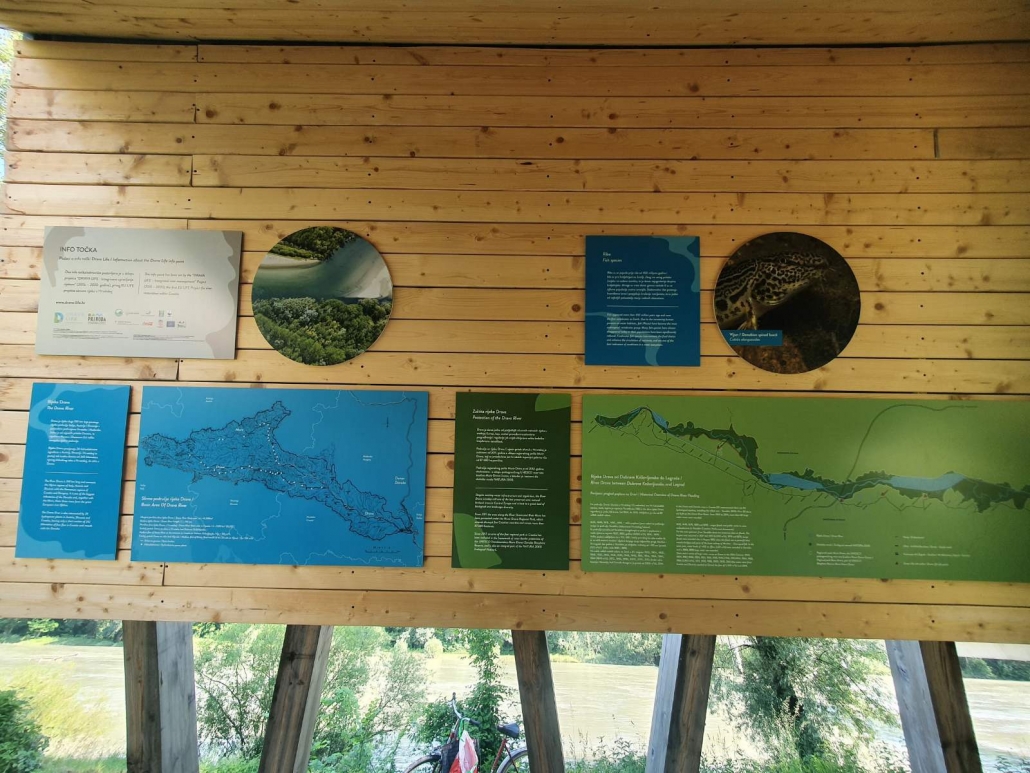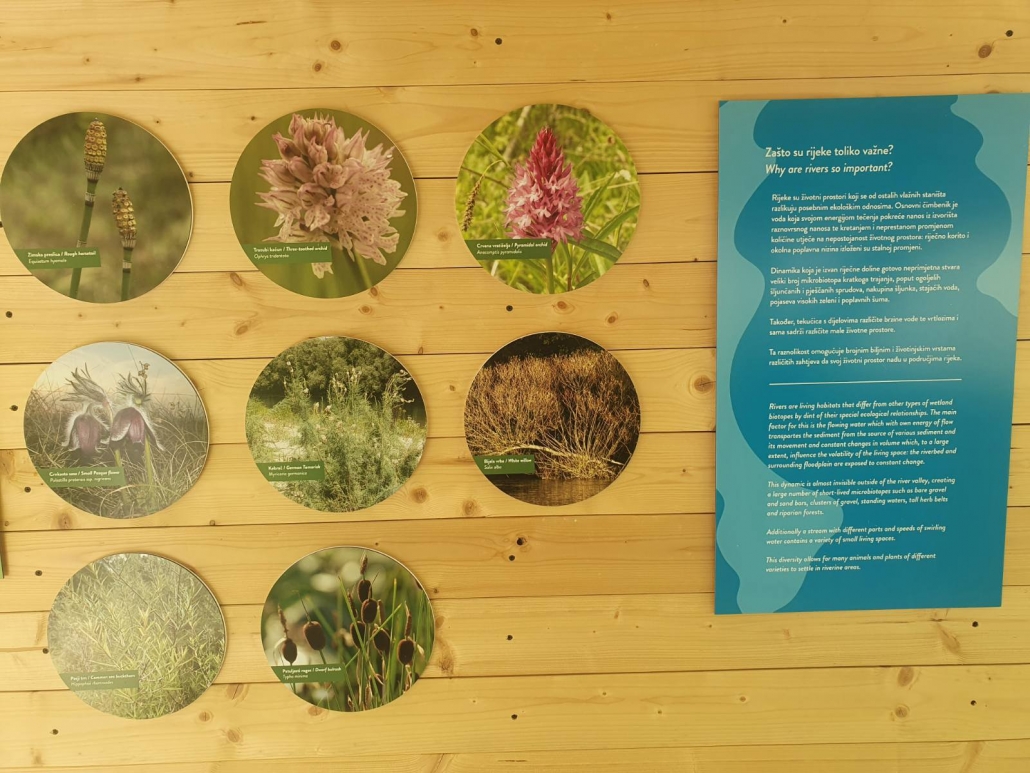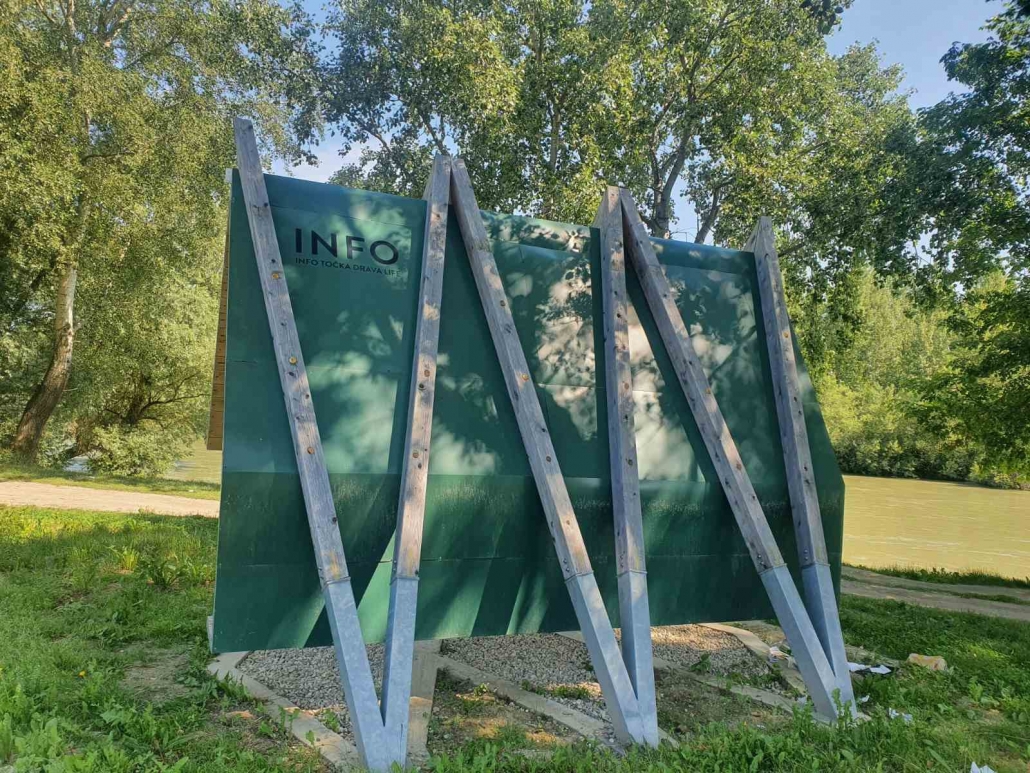On Tuesday, July 6, 2021, the 4th Session of the Environmental Impact Assessment (EIA) Committee, of the DRAVA LIFE project, was held via videoconference. The Session was held under the auspices of the Ministry of Economy and Sustainable Development.
Apart from the advisory expert committee formed for project environmental and nature evaluation, the Session was attended also by the project holder (Hrvatske vode), the authorized Designers for the preparation of Study documentation in the EIA procedure, and some of the project partners (Zeleni Osijek, WWF Adria).
It was concluded at the Session that the repeated public hearing was successfully conducted, that the quorum of the members of the advisory expert committee was achieved, and that all preconditions for making the final Opinion of the Committee and ending the EIA procedure were met.
According to the agreed suggestions, corrections, and remarks of the advisory expert committee, the authorized Designers for project Study documentation, and the project holder, the final opinion was that the intended intervention, DRAVA LIFE – integrated river management, is acceptable for the environment and ecological network. Opinion proposes environmental protection measures, mitigation measures on the conservation objectives and integrity of the ecological network area, and the environmental monitoring program. A period of three days has been given to the authorized Designers and other absent Commission members to comment on the Opinion, after which it will become formal.
This is encouraging and reassuring news for our project, which allows us to continue with the planned “in situ” project activities at the revitalization locations, thus taking a step closer to the realization of the project.
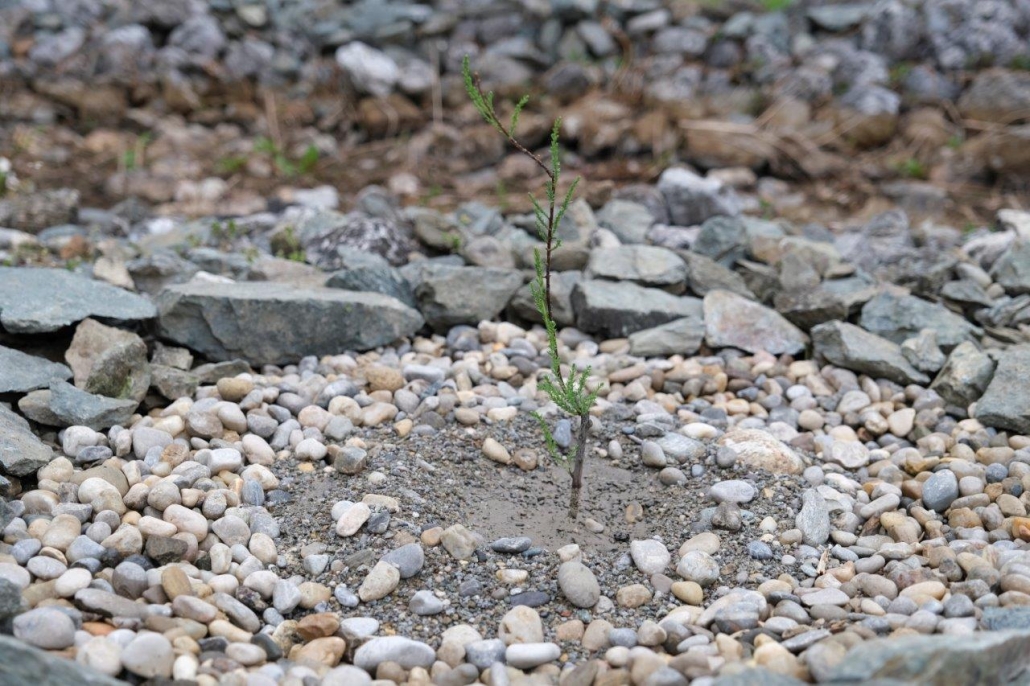
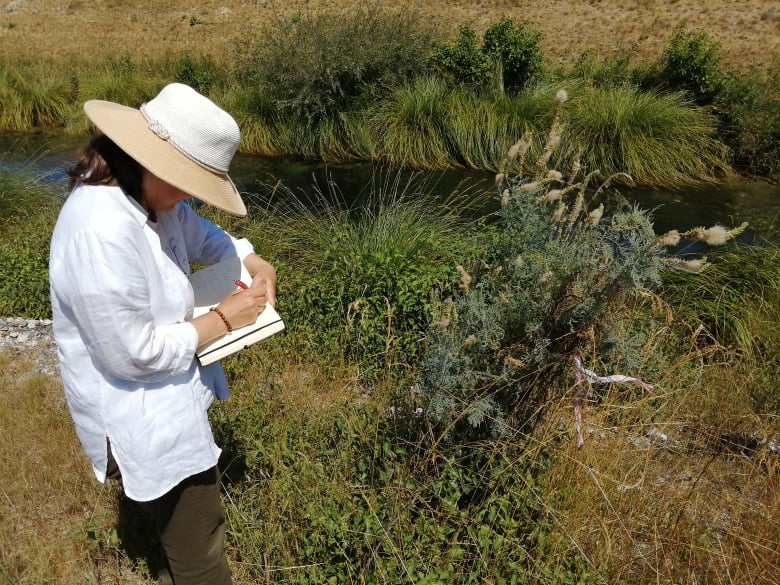

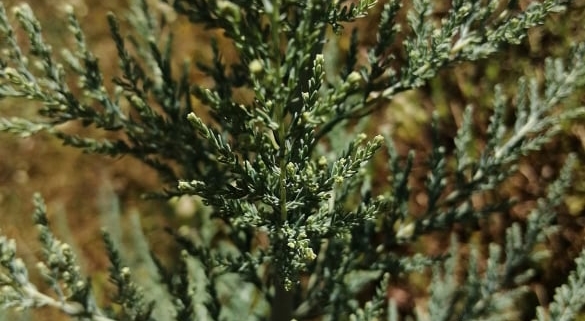 WWF Adria
WWF Adria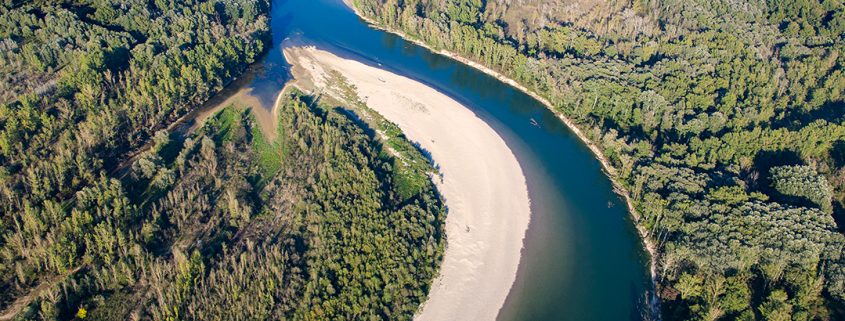
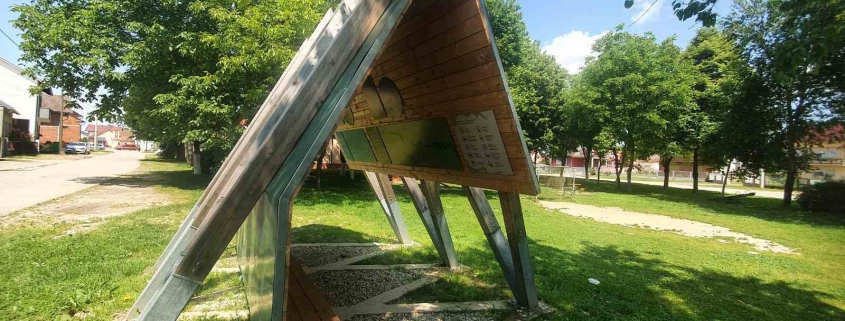 JUZDPVZ
JUZDPVZ